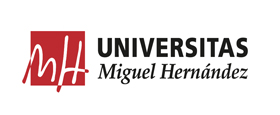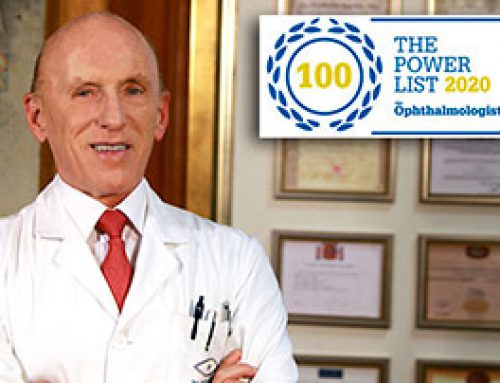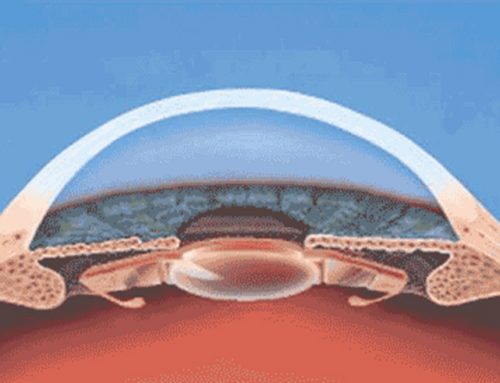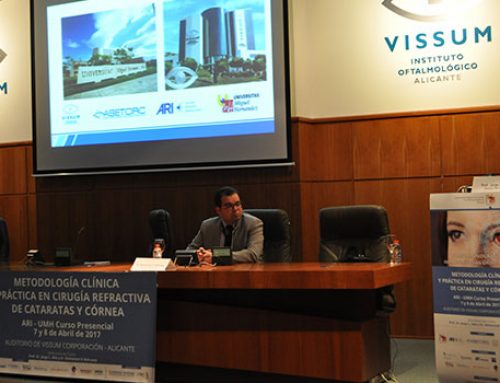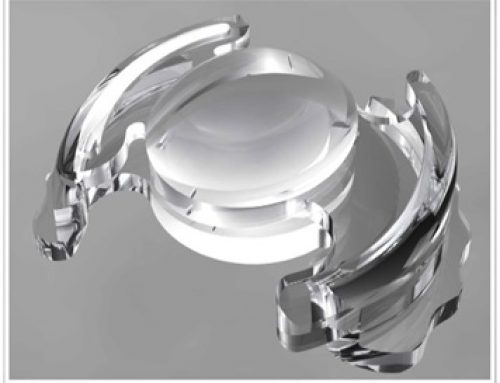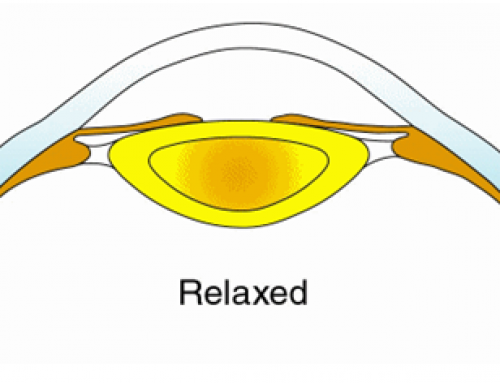Inside of the eyeball, the crystalline lens allows clear vision at all distances from near to far vision during the youth. However, with age, around 60 years old due to internal changes which occurring in its morphology, the crystalline lens loses transparency. When the crystalline lens is opacified by age, this natural process is known as cataract formation. Concretely, cataracts induce some visual symptoms such blurred vision, contrast sensitivity reduction, colour alterations or glare increased among others… To restore the vision when the above visual symptoms appear, it is necessary to replace the opacified crystalline lens by a transparent Intraocular Lens (IOL). Precisely Module 2 is specialized in lens surgery of the Online Course entitled Clinical Methodology in Refractive Cataract and Corneal Surgery, the different surgical modalities as recent advancements in the technology and procedure of cataract surgery are widely explained.
What innovations have been developed in cataract surgery in recent years?
Cataract surgery is one of the most frequent surgeries performed in developed countries, with more than 1.5 million surgeries annually in the United States (USA). The intervention known as cataract surgery, has the advantage that in a single procedure it is possible to recover visual transparency, and improve vision at all distances. Moreover, intraocular lenses (IOLs) technology allows to correct myopia, hyperopia or even astigmatism in a single surgery. This is not only possible by the innovations developed in IOLs technology, but the advent of Minimal Incision Surgery (MICs) has contributed enormously. In addition, improvements in phacoemulsification surgery, the advent of Femtosecond-Assisted Cataract Surgery (FACS), as also the innovations developed in IOL calculation formulas have contributed to the good outcomes obtained in the surgery. Likewise, innovations realized in aspheric, toric, multifocal, trifocal, diffractive, refractive and accommodative IOLs have contributed enormously to the improvement of visual quality at all distances.
Cataract surgery may also be planned in patients who previously was operated of corneal refractive surgery to correct myopia, hyperopia or astigmatism. According to Alió et al in a scientific article published in Survey of Ophthalmology, it is necessary to pay special attention to the preoperative planning process in order that it could be adapted to the diverse corneal surgeries as incisional, ablative through corneal flap or on the corneal surface. Indeed, international tutors of the Online Course entitled Clinical Methodology in Refractive, Cataract and Corneal Surgery, have an extensive experience in clinical practice, training and research on cataract surgery, as well as in the innovations developed in its technology. With the aim to provide the highest quality assistance to the patients in this ophthalmology specialty, the program of Module 2 on lens surgery has a great value for the staff and training quality of the course. Moreover, the director of this international course which is recognized with 25 ECTS credits, Professor Jorge L. Alió has published more than 50 scientific publications in Pubmed Central in the last 5 years.
Some scientific references of the course about this topic
Alió JL. Microincisional cataract surgery. J Cataract Refract Surg. 2015 Feb; 41(2):479-80.
Alio JL, Abdelghany AA, Abdou AA, Maldonado MJ. Cataract surgery on the previous corneal refractive surgery patient. Surv Ophthalmol. 2016 Nov- Dec;61(6):769-777.
Krall EM, Arlt EM, Hohensinn M, Moussa S, Jell G, Alió JL et al. Vector analysis of astigmatism correction after toric intraocular lens implantation. J Cataract Refract Surg. 2015 Apr;41(4):790-9.
Mojzis P, Majerova K, Plaza-Puche AB, Hrckova L, Alio JL. Visual outcomes of a new toric trifocal diffractive intraocular lens. J Cataract Refract Surg. 2015 Dec;41(12):2695-706.
